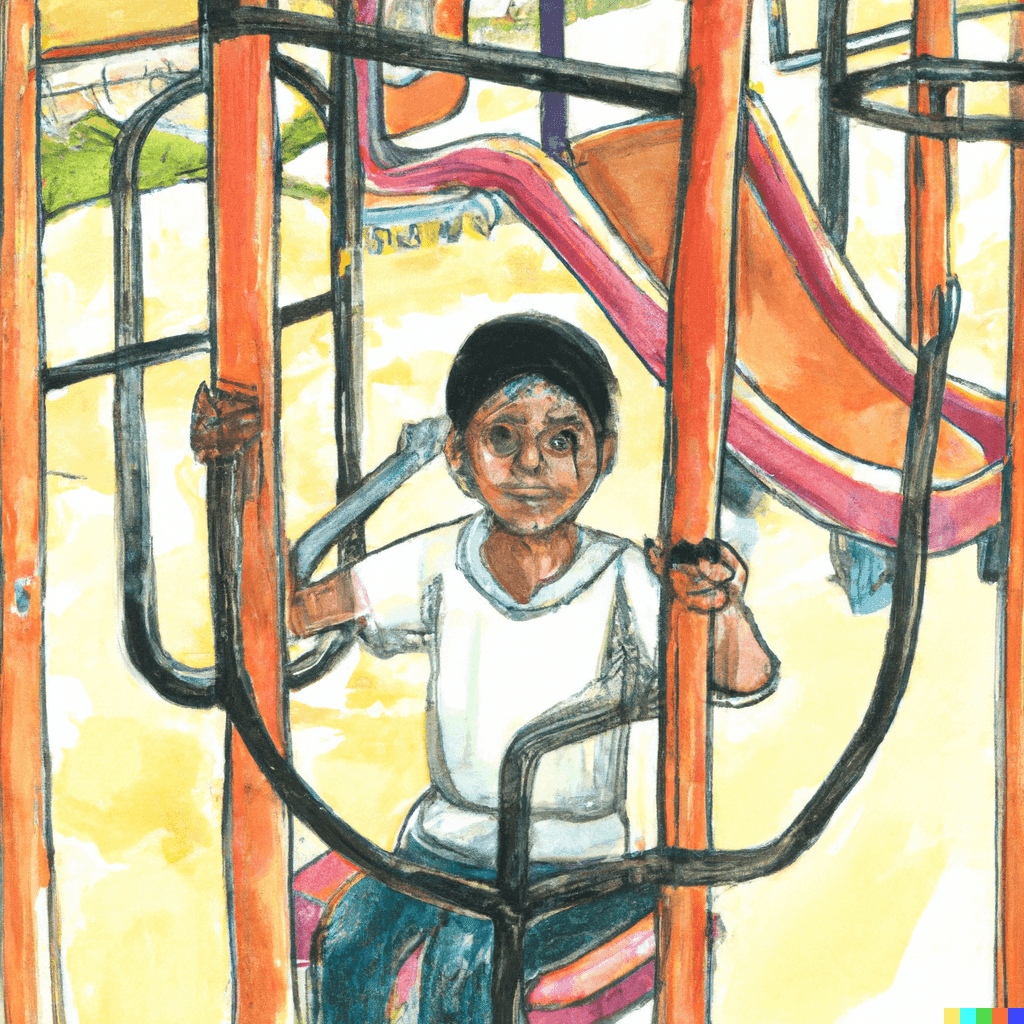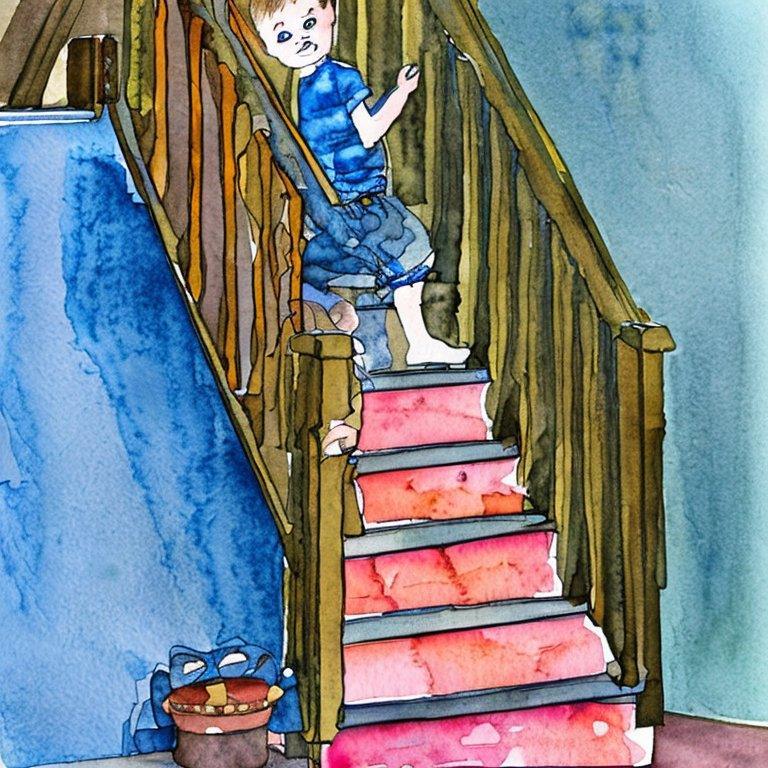- One child in 10 has experienced cyberbullying, which is bullying through electronic channels such as mobile telephones.
- Encourage your child to ignore all contact and use the phone’s privacy settings to block the bully.
- Report unwelcome contact to the relevant authorities. Your phone company, school or police will need proof so make sure that you save copies of the text messages for evidence.
Mobile phones provide security and contact for your child but it is important to teach your child about phone safety. Issues include cyberbullying, unprotected use of social networking, access to unsuitable content on the Internet and phone theft.
Cyberbullying
Cyberbullying is harassment through electronic channels such as mobile telephones. In most cases, the cyberbully and the victim go to the same school. The cyberbully uses the mobile phone in various ways. For example, they may send cruel or hostile voice or SMS messages, spread rumours or distribute embarrassing digital photos of their victim. Cyberbullying also occurs on the Internet through applications such as email and social networking sites like Facebook.
The Australian Covert Bullying Prevalence Study (May 2009) found that about one child in 10 has experienced cyberbullying. Researchers believe the real figure may be higher – for example, some children may not tell their parents (or any other authority figure) for fear of losing access to their mobile phone.
General suggestions
Suggestions for parents include:
- Don’t allow a technological ‘generation gap’. Make sure you are familiar with the types of technology and gadgetry your child uses.
- Keep the lines of communication open. Talk with your child every day. Be a good listener. Trust their secrets and take their feelings seriously. If you have a positive relationship with your child, they are more likely to tell you about issues such as cyberbullying.
- Be on the alert for behaviour changes. Common feelings for victims include embarrassment, anger and depression. Your child may withdraw from friends, resist going to school or stop using their mobile phone.
- Reassure your child that the cyberbullying is not their fault. Don’t blame them for being ‘weak’ or ‘acting like a victim’ or ‘being an easy target’. Your child needs your support.
Don’t take away their phone
A parent’s first impulse may be to confiscate the child’s mobile phone to put an immediate stop to the cyberbullying. Resist this impulse. Remember:
- If you take away your child’s phone, you appear to be punishing them for being bullied.
- Your child may not confide in you the next time they are bullied for fear of being ‘punished’ again or having more privileges taken away.
- Your child receives a lot of social support through their mobile phone. Without it, your child may feel more isolated.
Tips on tackling the cyberbully
Suggestions include:
- Do not personally respond to the bully. Encourage your child to ignore all contact.
- Use the phone’s privacy settings to block the bully.
- Report unwelcome contact to the relevant authorities. Your phone company, school or police will need proof. For example, save copies of the text messages for evidence.
- Research shows that most children are bystanders if a friend gets bullied. Encourage your child to ask their friends for help and support. A show of numbers in defence of your child may force the bully to stop.
- Talk to the principal and relevant teachers at your child’s school.
- If the school doesn’t respond appropriately to your complaint, contact the police. Harassment using a mobile phone is a criminal offence. The cyberbully cannot remain anonymous as most calls can be traced.
- You may wish to consider getting a new number for the mobile. Talk to your phone company for further information.
Reduce the risk of cyberbullying
Tips that may help make cyberbullying less likely to occur include:
- Make sure your child gives their phone number only to trusted friends.
- Use ID block to hide your child’s number whenever they make a call.
- Your child shouldn’t leave their name on their outgoing voicemail message.
Other mobile phone safety issues
Other issues to consider include:
- Know the phone’s functions – mobile phones can connect with the Internet to provide access to such services as chat rooms, email and social networking sites. The WAP (Wireless Access Protocol – which allows access to the Internet) service allows mobile phone users to anonymously chat to other mobile phone users. Ask your phone company what safety measures they offer to protect children.
- Unsuitable content – a mobile phone can access inappropriate material from the Internet. Check with your phone company that your child’s number is blocked to MA15+ or R18+ material. If your child receives inappropriate material using their mobile, immediately contact your phone company.
- Phone theft – note the IMEI number (an international identification number usually found in the battery compartment of the phone) on your child’s mobile. If the mobile is stolen, quote the IMEI number to your phone company to activate an immediate block on the mobile. However, you may be financially liable for any calls made on the mobile before you report it stolen. Instruct your child to hand over the phone rather than try to fight the thief – a mobile is not worth the risk of physical injury.
Source: https://www.betterhealth.vic.gov.au









